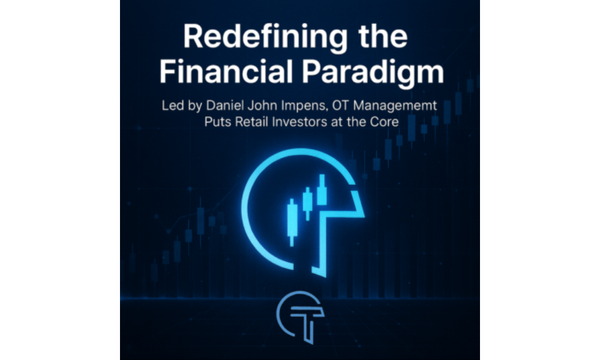Artrade is Bringing NFTs to the Masses with a Fiat Bridge on Solana

It is only natural to ask: why are NFTs so popular? Ironically, a few years ago, during the ICO mania of late 2017, everyone cursed digital cats (and therefore NFTs), blaming the then "useless craze" for clogging Ethereum. The expected reaction by the masses only confirmed that it is admittedly easy to reject a vague though groundbreaking idea.
Cryptokitties, more like Bitcoin did in finance, created a movement. However, it wasn't until 2020, at the height of the COVID-19 pandemic, that NFTs began selling for hundreds of thousands of dollars, perhaps tracking the value of cryptocurrencies, that many people started paying attention—most with regret.
The pain of missing out is understandable. Bored Apes and Crypto Punks are now prime NFTs selling for hundreds of thousands of dollars, sometimes millions. Crypto Punks were airdropped freely to willing users by Larva Labs in 2017.
At present, the cumulative value of those 10k auto-generated punks exceeds $1 billion. When Beeple went ahead and sold his collection for $69 million, NFTs broke into the limelight. The problem is, things are even more complicated for the end-user.
The Problem with Existing NFT Marketplaces
Ethereum is dominant as the first smart contracting platform. However, fees are over the roof, especially when minting NFTs. Studies show that the user experience of every NFT fan has been greatly diminished due to needlessly high fees. At the same time, existing interfaces, that is, marketplaces, are disconnected from the needs of the masses.
Although they may appear easy to use for active traders, it is complex for the ordinary, non-tech savvy internet user who might not be aware of the intricacies of cryptocurrencies, leave alone NFTs. Typically, marketplaces like OpenSea have a poor marketing funnel.
All prospective buyers, for instance, interested in NFTs and redirected to NFT marketplaces for the first time from, say, social media, are required to open accounts and hold cryptocurrencies. The need for creating an account and holding supportive cryptocurrencies like ETH—not fiat, which they are used to, prevents them from acquiring assets, a problem that's slowing down adoption.
Moreover, centralized marketplaces are vulnerable. There have been code changes and patches on OpenSea to plug a vulnerability that exposed user assets to unauthorized third parties—hackers.
Adding the steep commission fees charged by these platforms further disenfranchises participation, a negative development. It is precisely what the crypto world need not see now that adoption is picking up.
Interest Rising, Solana-based Artrade is Driving NFTs to the Masses
In late December 2021, the number of organic searches for NFTs surpassed crypto for the first time, according to Google Trends data. This indicator points to a shift in interest and a focus on NFTs. Accordingly, existing solutions should be ready to tap on this interest by building solutions that mesh perfectly with the NFTs' needs of the masses.
The Artrade platform is ready for masses and launches on the interoperable Solana blockchain. It exists as a relatable social media portal similar to Tiktok or Instagram while doubling as a cheap NFT marketplace. By incorporating the designs of common social media platforms and high throughput, cheap blockchain in Solana, it becomes incredibly easy for users to transit and acquire NFTs. Users can follow their favorite creators, like and even comment on their work, just like they would on traditional social media platforms. Most critically, users can pay for their favorite NFT pieces using crypto and fiat, eliminating a central entry barrier, overall helping create a robust ecosystem.
Additionally, aware that new NFTs fans could not be crypto aware at the time of interaction, the Artrade platform is easy to use, adaptable to both mobile and desktop. The project’s graphic designer also built the social media portal and NFT marketplace with simplicity in mind, catering for all grades of users.
Moreover, as part of their drive for ecological sustainability and being carbon neutral, Artrade will be sharing a portion of their revenue with Climate Partner for environmental preservation. This way, the team hopes to offset carbon emissions from every NFT minted, saving the environment. Meanwhile, the artist can choose to also donate a part or all of their proceeds to the Binance Charity Wallet, syncing with Artrade’s overall objective.
The Artrade platform recently released the ATR token. Holders can vote on proposals, purchase NFTs at a subsidized rate, and receive a portion of earned rewards.
Conclusion
Blockchain and NFTs are dynamic with interesting innovations geared to better serve the end user. The Artrade platform is presenting a solution for the masses, fast-tracking the adoption of NFTs via a tested portal that’s easy to use, secure, and cheap deployed on Solana.




